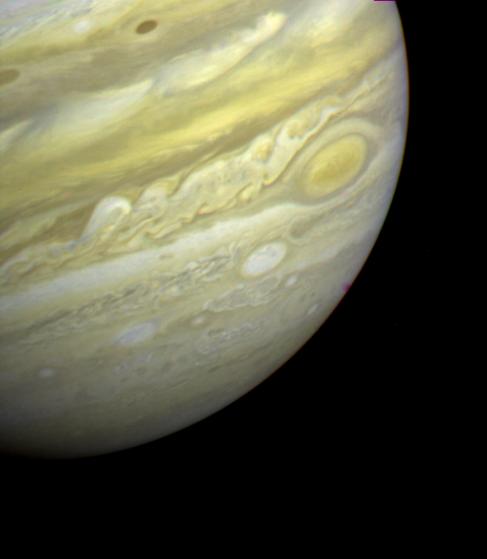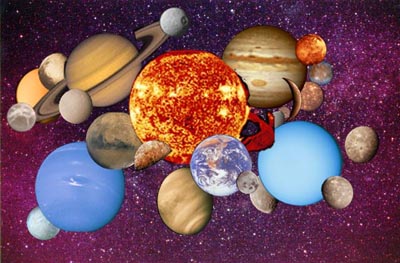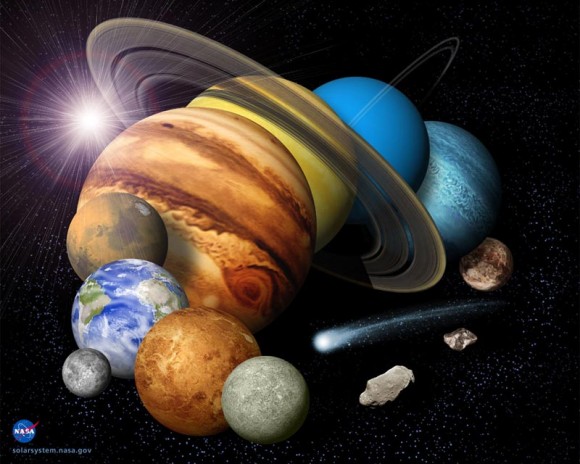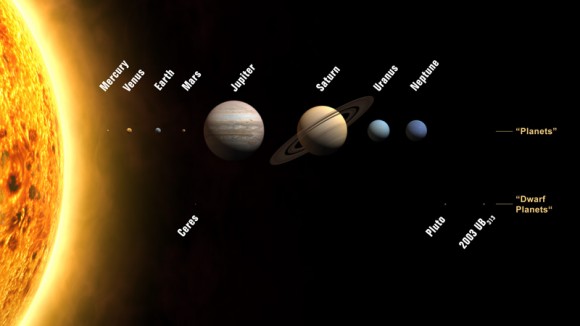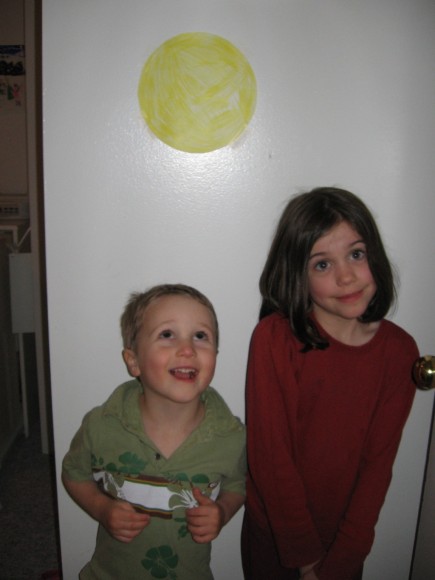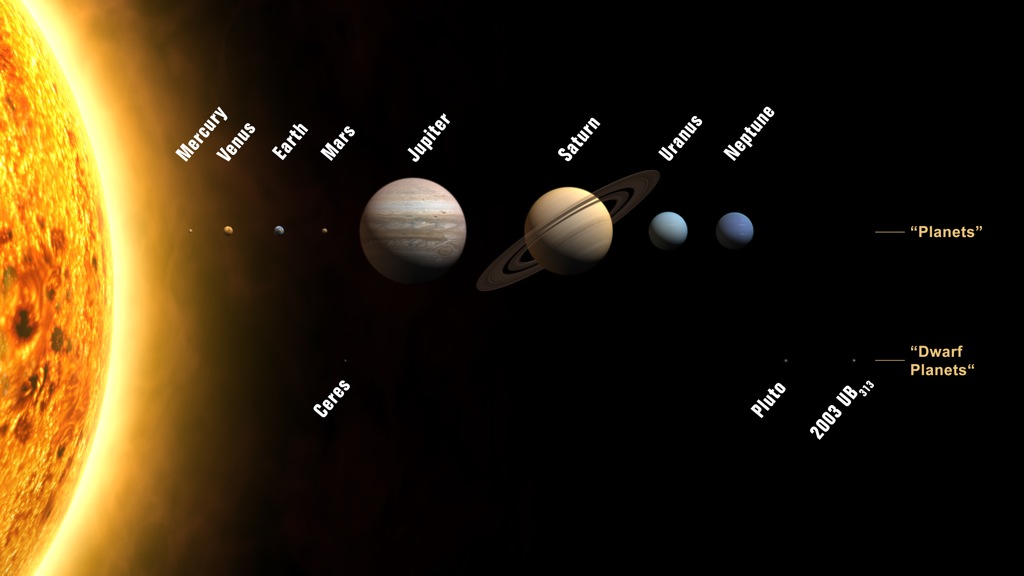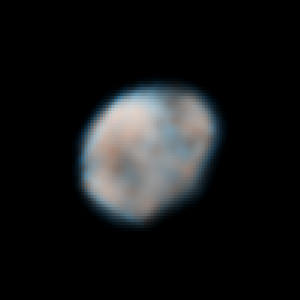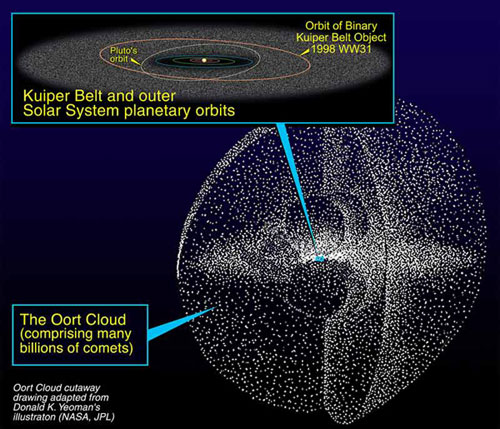[/caption]
If you give most people enough time to think, they can come up with the names of all of the planets. Most will still throw in Pluto, despite its demotion. What those same people will have difficulty with is the Solar System order. It can be difficult to remember which planet is where. The current Solar System order is Mercury, Venus, Earth, Mars, Jupiter, Saturn, Uranus, and Neptune.
The best thing to do is come up with a handy mnemonic. The most common one taught in school used to be My Very Educated Mother Just Served Us Nine Pizzas, then Pluto lost the prestige of planetary status. Most educators have cast about for another, just as handy mnemonic device. This one should work just fine: My Very Educated Mother Just Served Us Noodles. Of course, both devices assume that everyone knows that the Sun is at the center of our Solar System.
Here are a few details about each planet that might be of interest to you.
Mercury has a tenuous atmosphere, so, despite being the planet closest to the Sun, it is unable to retain the heat it is exposed to. The temperature ranges by a few hundred degrees Celsius each Mercurian day.
Venus has a thick atmosphere and an average surface temperature of 460 degrees Celsius. If you were standing on Venus, you would choke on the high amounts of carbon dioxide as your skin dissolved in the sulfuric acid rain.
Earth needs no introduction or details.
Mars is perhaps the most studied planet besides Earth. It has a nearly nonexistent atmosphere, so it is a cold world. Temperatures are about -140 Celsius in the winter. At the height of summer you could not comfortably wear shorts.
Jupiter is 2.5 times as massive as all of the other planets in the Solar System combined. Jupiter has 63 recognized moons, but more are thought to be in orbit. That accounts for about 1/3 of the moons in our Solar System.
Saturn is a contradiction. It is the second largest planet, yet it has a very low density. It would float if you had enough water to put it in. There are 60 acknowledged moons orbiting Saturn.
Uranus is tilted like crazy. All planets are slightly tilted on their axis, but Uranus is tilting at 98 degrees.
Neptune, is last, but not least. It orbits an average of 4.5 billion km from the Sun. It was discovered in 1846, making it the most recent recognized planet to be discovered.
And there you have the Solar System order, a way to remember it, and a few interesting facts about each planet. We encourage you to explore the NASA website to get more information.
Here’s an article from Universe Today that goes into more detail for each of the planets in the Solar System.
Here’s an article from the BBC with several suggestions down in the comments. And here are some more.
We have recorded a whole series of podcasts about the Solar System at Astronomy Cast. Check them out here.
Reference:
http://solarsystem.nasa.gov/planets/profile.cfm?Object=SolarSys



